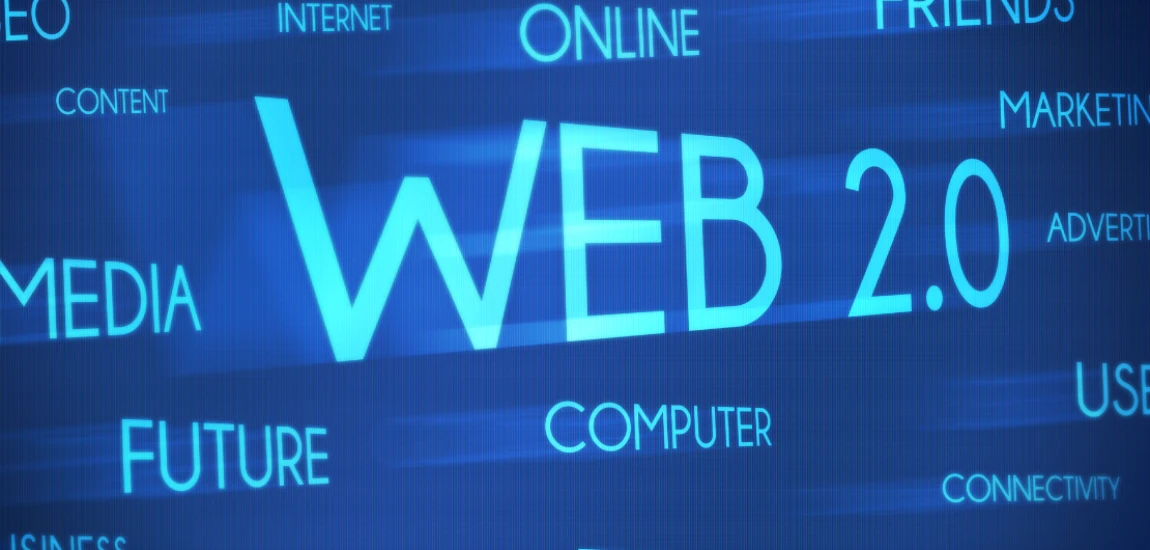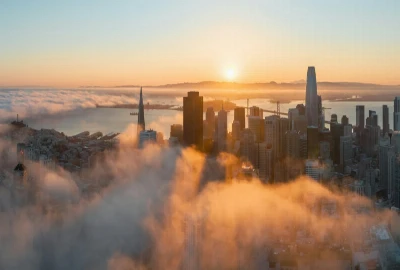Celebrity 2.0: How Influencers Are Redefining Stardom

For decades, stardom was reserved for Hollywood icons, pop stars, athletes, and television personalities. Fame was gatekept by movie studios, record labels, and media conglomerates, ensuring only a select few ever reached the pedestal of “celebrity.” Fast forward to today, and the rules of fame have been rewritten. Welcome to Celebrity 2.0, an era where influencers dominate timelines, shape culture, and amass millions of followers—all without the traditional machinery of fame.
In this new landscape, influencers are more than entertainers; they’re entrepreneurs, tastemakers, and digital community leaders. Platforms like Instagram, TikTok, and YouTube have given ordinary people extraordinary reach, creating a new definition of celebrity. But how exactly did this shift happen, and what does it mean for the future of stardom?
This blog explores the rise of influencer culture, the factors fueling its success, and the ways Celebrity 2.0 is reshaping the entertainment industry, branding, and cultural influence.
The Evolution of Stardom: From Silver Screen to Smartphone

Traditional Celebrity Power
In the 20th century, celebrity status was tied to scarcity. Movie stars, chart-topping musicians, and professional athletes were highly curated personas presented to the public through magazines, red carpets, and television interviews. Their fame was polished, distant, and carefully managed by PR teams.
The Social Media Disruption
The digital revolution flipped this model. Platforms like YouTube and Instagram democratized fame, giving anyone with a camera and Wi-Fi the ability to reach audiences worldwide. Social media eliminated gatekeepers, enabling authentic, unfiltered personalities to connect directly with fans.
Why This Shift Matters
Today’s fans don’t just consume content; they crave relatability and accessibility. This demand for authenticity shifted the spotlight from polished celebrities to influencers who showcase everyday lives, vulnerabilities, and behind-the-scenes realities. This marks the core difference between Celebrity 1.0 and Celebrity 2.0: intimacy over distance, connection over perfection.
The Rise of Influencer Culture

Micro, Macro, and Mega Influencers
Influencers aren’t a monolith. They range from micro-influencers with niche followings of 10,000 people to mega-influencers with audiences in the millions. Each plays a role in shaping trends, whether in fashion, fitness, gaming, or lifestyle.
The Platform Effect
Different platforms foster different types of influencers. YouTube creates long-form storytellers, Instagram highlights visual aesthetics, TikTok thrives on viral creativity, and Twitch champions real-time interaction. These ecosystems allow influencers to carve out unique identities while building loyal fanbases.
Authenticity as Currency
What sets influencers apart is their perceived authenticity. Unlike actors playing scripted roles, influencers build parasocial relationships—fans feel like they “know” them personally. This connection drives engagement and loyalty, making influencers more trusted than traditional celebrities when it comes to brand endorsements.
Influencers as Entrepreneurs

Beyond Content Creation
Influencers are no longer just content creators; they are business owners. Many launch product lines, publish books, or create subscription-based platforms. From Kylie Jenner’s beauty empire to MrBeast’s fast-food brand, influencers are proving they can rival traditional businesses.
Monetization Models
Revenue streams for influencers are diverse—sponsored posts, affiliate marketing, merchandise sales, ad revenue, and premium fan memberships. The creator economy has turned social media into a multi-billion-dollar industry, blurring the line between entertainment and commerce.
The New Celebrity Hustle
Unlike traditional celebrities reliant on roles or contracts, influencers continuously hustle to maintain relevance. Their success depends on consistency, creativity, and adaptability to ever-changing algorithms. In many ways, this makes them more entrepreneurial than Hollywood stars.
Redefining Fame: Relatability Over Perfection

Imperfectly Perfect
The appeal of influencers lies in their relatability. Fans resonate with unfiltered moments, personal struggles, and candid content. This makes influencers feel “real,” in contrast to the untouchable aura of traditional celebrities.
The Power of Niche Communities
Influencers thrive by catering to niche audiences—whether that’s vegan cooking, gaming, or sustainable fashion. Unlike mainstream celebrities who appeal broadly, influencers succeed by targeting specific interests and building engaged communities.
The Parasocial Bond
Psychologists highlight parasocial relationships as key to influencer success. Fans develop one-sided emotional bonds, investing in influencers’ lives as if they were close friends. This intimacy drives loyalty, engagement, and even consumer behavior.
The Business of Influence: Brands and Collaborations

Why Brands Prefer Influencers
Marketers have realized influencers offer better ROI than traditional advertising. Influencers deliver trust, engagement, and direct access to target demographics. A product recommendation from a trusted influencer often converts more effectively than a polished TV commercial.
The Shift in Advertising Budgets
Advertising dollars are flowing from television and print into influencer marketing. From luxury brands partnering with fashion influencers to small startups collaborating with micro-influencers, the landscape of advertising has transformed.
Risks and Rewards
While influencer marketing can drive massive sales, it also carries risks. Scandals, controversies, or algorithm changes can derail campaigns overnight. Brands must choose partners carefully and emphasize authenticity over vanity metrics.
Cultural Impact: Influencers as Tastemakers

Shaping Trends and Conversations
Influencers aren’t just promoting products—they’re shaping culture. From viral TikTok dances to sustainable fashion movements, influencers drive conversations that ripple across industries and mainstream media.
Social Movements and Activism
Influencers often use their platforms for advocacy, whether it’s climate awareness, social justice, or political engagement. Their ability to mobilize audiences demonstrates how Celebrity 2.0 wields not just commercial but also cultural power.
The Global Reach
Unlike traditional celebrities bound by geographic markets, influencers enjoy global reach. A TikTok creator in Seoul or Lagos can have fans in Los Angeles or London, making influence truly borderless.
The Future of Celebrity 2.0

The Creator Economy Boom
As social media evolves, so does the creator economy. Platforms are investing in monetization tools like YouTube memberships, TikTok Creator Fund, and Instagram Subscriptions. This institutionalizes influencer culture as a permanent part of the entertainment landscape.
The AI and Virtual Influencer Era
The rise of virtual influencers like Lil Miquela hints at the next wave of stardom—computer-generated personalities with millions of followers. As AI develops, the line between human and digital celebrity will blur further.
What’s Next for Stardom
The future of fame will be decentralized, diversified, and digitally native. Traditional celebrities will continue to exist, but Celebrity 2.0 will dominate the cultural conversation, driven by authenticity, community, and relatability.



